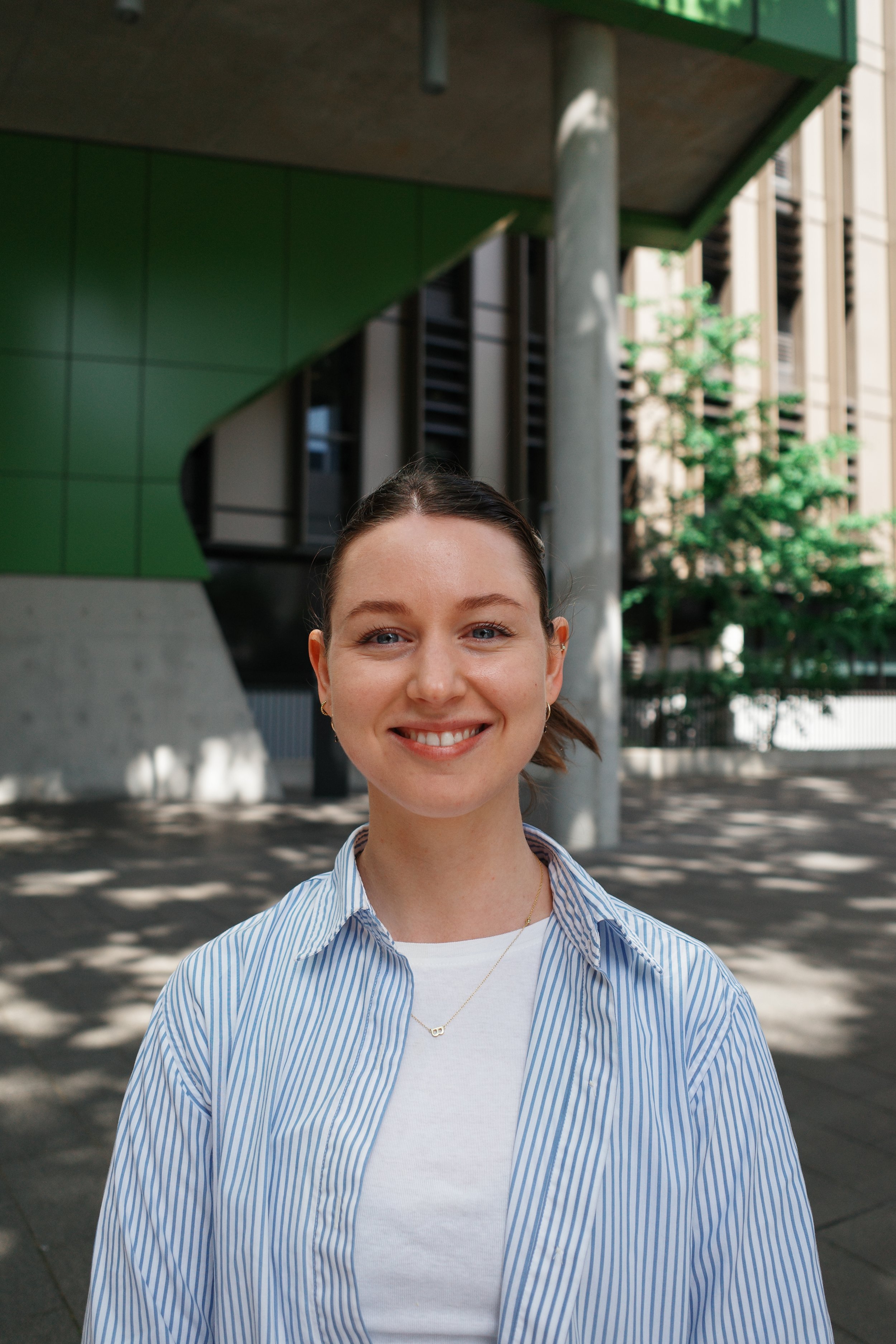
Endometriosis
Endometriosis is a common and debilitating condition that causes severe pelvic pain and infertility. Though it affects many people in Australia and around the world, endometriosis remains remarkably understudied and poorly understood. Diagnosis is difficult and invasive, meaning that treatment is often delayed. Once diagnosed, limited treatment options are available. We are working to improve the detection and treatment of endometriosis, to improve the quality of life of the many individuals impacted.
Project 1: Early Detection
What is the problem?
Currently, there is no early detection test for endometriosis. Diagnosis can only occur via an invasive laparoscopy conducted by a gynaecologist, and this, combined with stigma and lack of awareness around a patient’s pain conditions, is thought to account for the average 7 to 12 year delay between the onset of symptoms and treatment.
What is our solution?
A minimally invasive blood test that accurately detects endometriosis would be a game-changer in the field as it would allow timely diagnosis, treatment and social support. Furthermore, endometriosis is believed to be a progressive disease, with early diagnosis of value to initiate appropriate management and mitigate risk of progression.
Our approach builds on our expertise studying DNA released into the bloodstream as cells die, termed cell-free DNA (cfDNA). We are investigating whether this DNA can act as a biomarker of disease.
What have we learned so far?
We have explored whether total cfDNA levels are increased in the blood of people with endometriosis compared to people with other benign gynaecological conditions (such as adenomyosis) and have found no significant difference.
Where to from here?
We are now exploring whether specific types of cfDNA display different patterns across a broader cohort of healthy individuals, individuals with benign gynaecological diseases and individuals with endometriosis at different stages.
Project 2: Disease models
What is the problem?
The long delay to diagnosis in endometriosis has been well documented. What is less appreciated is that even after obtaining a diagnosis, treatment options are largely limited to surgery, hormones and pain managements. There is currently a significant unmet clinical need for efficacious, non-hormonal drugs that specifically target endometriotic cells.
What is our solution?
Unfortunately, there is current a lack of clinically relevant laboratory models of endometriosis available in which to conduct drug development studies and testing. Therefore we are developing patient derived organoids that can faithfully replicate the cellular structure and microenvironment in which endometriosis develops and invades. These lab models will help researchers to better understand why different types of endometriosis cause different symptoms, spread to different organs and fail to respond to medicines and surgeries. Ultimately this could lead to more personalised and effective treatment for people with endometriosis.
News
Comparison of total and endometrial circulating cell-free DNA in women with and without endometriosis.
Our new article investigated the potential to use circulating cell-free DNA as a biomarker for the early detection of endometriosis. The findings have directed our further research and we are excited about the new directions for this project.
Staff involved
-

A/Prof. Caroline Ford, BSc(Hons), PhD
-

Dr. Kristina Warton, BSc(Hons), PhD
-

Kate Gunther, BAdvSc(Hons)
-
Brigitte Hodder, RN, MPH


